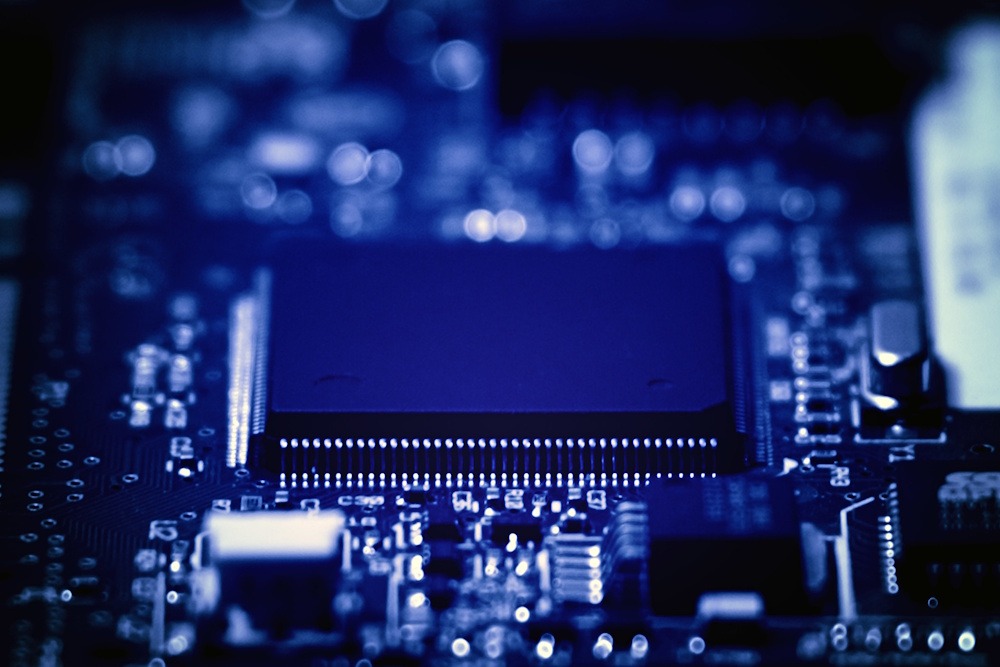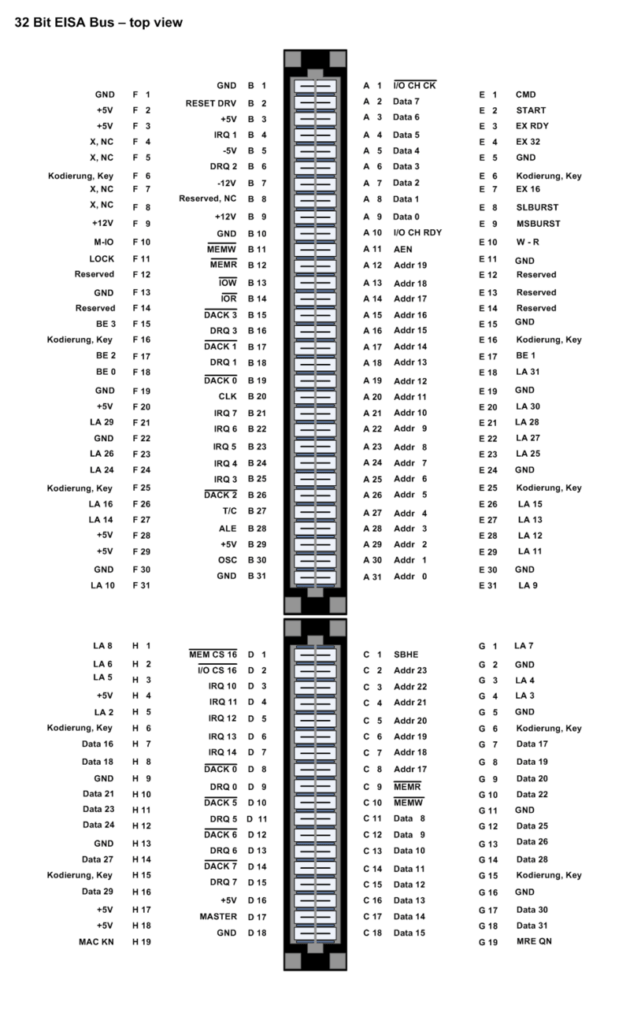Barracuda: The Supercomputer Disc Controller
One simple-looking circuit board had a radical design
A consortium of Compaq, Olivetti, AST, Hewlett Packard and others had defined a new Extended Industry Standard Architecture (EISA) bus computer market. These computers were to be used for high-speed file servers and work stations, and required new disk, tape, and printer controllers.
Companies that built all-new controllers would miss the market window. With the new controller, the new EISA computer was expected to handle 256 users instead of the original 45.
Our client had an asynchronous VME bus design already in production that had similar functions required by EISA. A UNIX software driver and on-board firmware also existed. The client required that any changes in the card allow it to use existing software as much as possible.
Moreover, the client required that the product be ready in time for an important trade show. There was not enough time in the schedule to build a wire-wrap prototype, and the target computer — which was based on the 80486 chip from Intel — would not be available until the very end of the project.

Solution
Enter the E/SCI 4810 Barracuda by Interphase Corporation. This intelligent, Small Computer System Interface (SCSI) host bus adapter was optimized for 32-bit EISA systems requiring high data throughput and multiple drive storage.
The 4810 could be configured with one or two full-function, fully independent SCSI channels, each supporting up to seven SCSI peripherals, and had proven high-performance innovations for the time — including BUSpacket Interface and Virtual Buffer Architectures, which gave the 4810 good performance in demanding high I/O per second and high data transfer rate applications such as file servers, database servers, and high-speed/high-resolution graphics.
In essence, the device was a supercomputer disc controller that — when plugged into an IBM PC — could provide all advanced features.
The existing schematics were compiled on a Computer Aided Engineering (CAE) workstation, digitally simulated, with wave forms plotted and analyzed, and corrections made. After modifications to the bus interface, a new synchronous state machine was implemented using programmable logic devices (PLD).
A new section of 80486 code was added to the 68020 firmware, allowing the system to boot from disk. In essence, the device was a supercomputer disc controller that, when plugged into an IBM PC, could provide all advanced features such as scatter-gather, overlap seek, the ability to attach or detach from a disk drive, and could even boot the IBM PC from the firmware on the board — while hooking itself into the operating system (transparently).
Performance and data transfer
The E/SCSI 4810 was derived from Interphase’s VMEbus SCSI host bus adapter, the V/SCSI 4210 Jaguar. Designed for the 40 megabytes-per-second VMEbus, the Jaguar had a large and growing installed base that included some of the highest-performing VMEbus systems available at the time.
The BUSpacket design has been adapted for the 4810’ss EISA “Type C” 33 MBytes/s Burst DMA transfer mode. Type C was the maximum data transfer rate defined by the EISA specification. BUSpacket used a large RAM buffer coupled to a very fast and deep FIFO, which is in turn was controlled by a hardware state machine. Packets of data were formatted and stored in the fast FIFO before they were burst over the EISA bus.
One or two SCSI buses
The 4810 Barracuda could be configured with one or two separate SCSI channels. The second SCSI channel could be factory or field-installed, allowing the single-slot Barracuda to support as many as 14 peripheral devices of various types, including magnetic or optical disk drives, tape drives, and printers.
To optimize throughput in applications where performance is critical, system designers had the option to divide a system’s I/O devices between the Barracuda’s two SCSI channels, with fast disk storage on one channel and slower backup devices on the second. This eliminated a potential bottleneck because slower devices could require a larger-than-optimum percentage of the available SCSI bandwidth.
In addition, the Barracuda’s two SCSI buses could be used in mirroring or shadowing applications that required high data availability. Other fault-tolerant configurations, high bandwidth striping applications or array configurations were possible because of the availability of two SCSI buses on a single host bus adapter.
MACSI
Interphase’s second-generation intelligent command queuing software interface, MACSI (Multiple Active Command Software Interface), was developed to give the OEM system integrator the flexibility to tailor the operation of the controller for the best possible performance in a given application. The number of, size of, relative priority of, and operation of MACSI’s multi-level command queue interface were all under programmatic control. MACSI had previously been implemented and proven in many high-performance systems that used Interphase’s ESDI and SMD controllers and SCSI host bus adapters.
Virtual buffer architecture
The E/SCSI 4810 Barracuda’s 68000 processor dynamically allocated sections of its 128-kb buffer for use by the various tasks of the host adapter, optimizing the sizes of the various buffers depending upon the operation in progress. This sophisticated approach to buffer management ensured sufficient buffer space for multithreaded read/write transactions to run efficiently. That Barracuda could adapt as conditions changed avoided the problem of read overruns and write underruns often experienced in less sophisticated FIFO-based or fixed allocation RAM designs.
Flexibility
Lastly, the E/SCSI 4810 Barracuda accommodated virtually any type of SCSI peripheral, including magnetic and optical disk drives, half-inch and quarter-inch tape transports, and printers. The Barracuda supported both asynchronous and the newer, higher-performance synchronous SCSI devices. A printer daughter card that supported parallel interface printers provided additional capability.
For MTSI’s part in the project, the final design was a 10-layer surface-mount and through-hole PCB design. Dozens of circuit cards were manufactured and assembled, and preliminary testing was done while the anxious wait for the new EISA computer continued.

Robert Beckhusen
Robert Beckhusen is a case studies and content marketing editor for Micro Technology Services.

